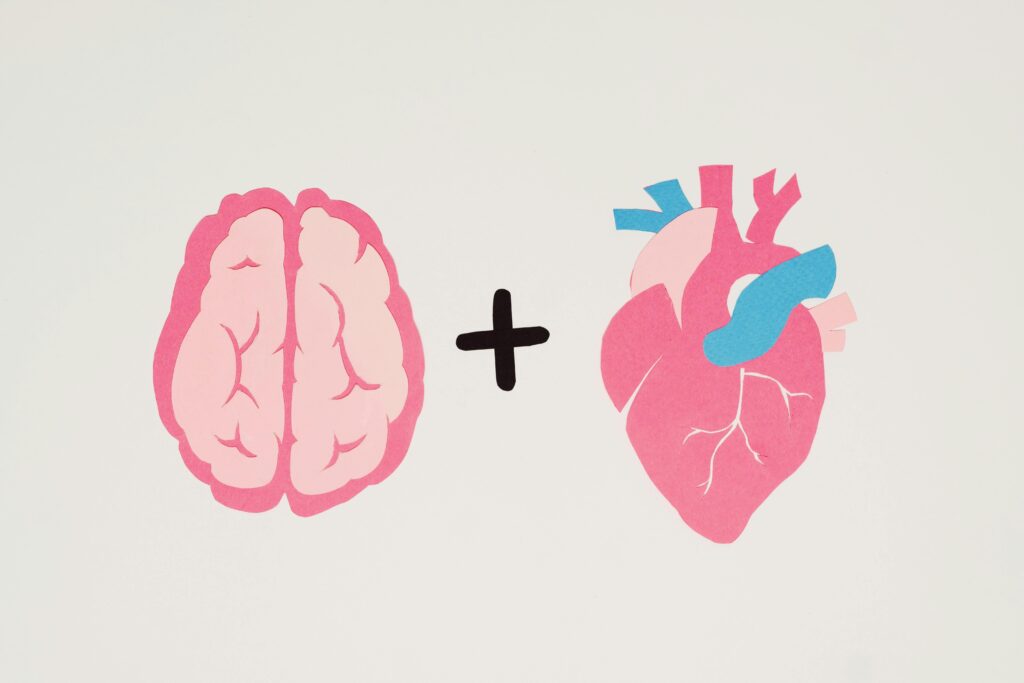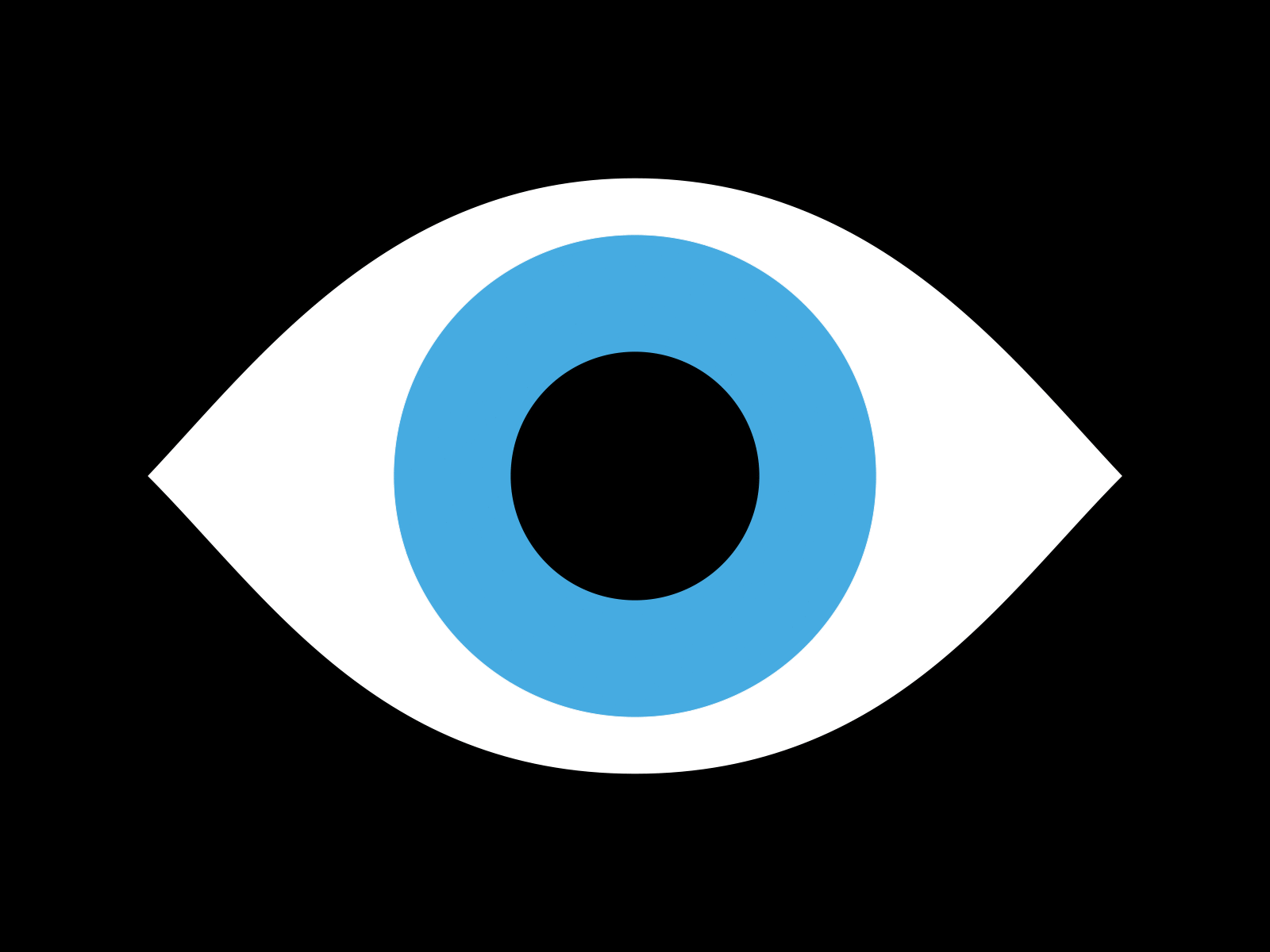Tragically wrong.
This isn’t just theory.
It’s battle-tested wisdom.

Your clever tagline? Not positioning.
Your unique selling proposition? Not positioning.
Your elevator pitch? Still, not positioning.
And just to drive the point home, these iconic slogans? They’re not positioning either:
“Just Do It” – Nike
“I’m Lovin’ It” – McDonald’s
“Think Different” – Apple
“Because You’re Worth It” – L’Oréal
“Finger-Lickin’ Good” – KFC
“Taste the Rainbow” – Skittles
“The Happiest Place on Earth” – Disneyland
“Melts in Your Mouth, Not in Your Hands” – M&M’s
“Have It Your Way” – Burger King
“The Ultimate Driving Machine” – BMW
In their seminal work “Positioning: The Battle for Your Mind,” Al Ries and Jack Trout shared a crucial insight: “Positioning is not what you do to a product. Positioning is what you do to the mind of the prospect.”
Positioning is all about humans.
In “Blue Ocean Strategy,” W. Chan Kim and Renée Mauborgne tell the story of Cirque du Soleil. They didn’t position themselves as a better circus.
They created a new category: artistic entertainment that combined circus with theatre. They didn’t compete; they made the competition irrelevant.
That’s positioning at its finest.
Here’s why it matters:
- It cuts through the noise
In “Purple Cow,” Seth Godin argues that being safe is risky. In a world of endless choices, you must be remarkable to be noticed. - It guides all your decisions.
As Simon Sinek says in “Start with Why,” people don’t buy what you do; they buy why you do it. Your position should reflect your why. - It creates loyalty
In “Building a StoryBrand,” Donald Miller shows how positioning your customer as the hero of their own story creates deep connections.
Three common positioning blunders:
- Confusing positioning with messaging
Your tagline is a result of your position, not the position itself. - Separating brand and product positioning
In your customer’s mind, it’s all one perception. - Overcomplicating positioning for complex businesses
Complexity is a challenge to overcome, not an excuse.
Geoffrey Moore’s “Crossing the Chasm” perfectly exemplifies this last point. He shows how tech companies often fail because they can’t simplify their message for customers.
Want to nail positioning?
Here’s how:
- Start with your customer’s reality, not your features
- Map the entire competitive landscape
- Identify the gap only you can fill
- Align your entire organization with this vision
- Shape perceptions consistently across all touchpoints (dial in that CX like your life depends on it)
This isn’t a marketing exercise.
It’s business strategy.
As Marty Neumeier says in “Zag,” “When everybody zigs, zag.” Find your unique space and own it.
For the data-obsessed: This is where EQ trumps IQ.
In “Made to Stick,” the Heath brothers show that emotional appeals stick better than rational ones.
How customers feel about your brand?
That’s positioning at work.
Don’t buy the myth that positioning doesn’t work for complex B2B tech or SaaS, as some so-called ‘experts’ would say.
That’s a cop-out.
As the authors of “Play Bigger” argue, even in tech, the company that defines the category wins.
I also disagree with the following.
Remember what Ries and Trout said in “The 22 Immutable Laws of Marketing”: “The most powerful concept in marketing is owning a word in the prospect’s mind.”
Positioning isn’t some marketing activity and wordplay.
Positioning is an internal statement that is never to be used in marketing, although it informs it.
And for clarity’s sake, here’s what positioning is NOT:
“We are the X of Y space” statements
Taglines
Value propositions
USPs
Product features
Marketing messages
Brand slogans
10-step processes
Messaging exercises
Product descriptions
Mission statements
Competitive advantage claims
Product benefits
Target audience definitions
Market segments
Brand personality statements
Product roadmaps
Sales pitches
Customer testimonials
Company capabilities
“What we do” statements
Brand guidelines
Product differentiation points
Company values
Marketing strategy documents
Your place in your customers’ minds is more powerful than any tagline or brand image. It’s about changing how customers see their world and your place in it.
So, tell me.
Are you shaping perceptions or just crafting messages?
The battle for your customer’s mind starts now.
Are you ready to claim your territory?


Leave a Reply
You must be logged in to post a comment.